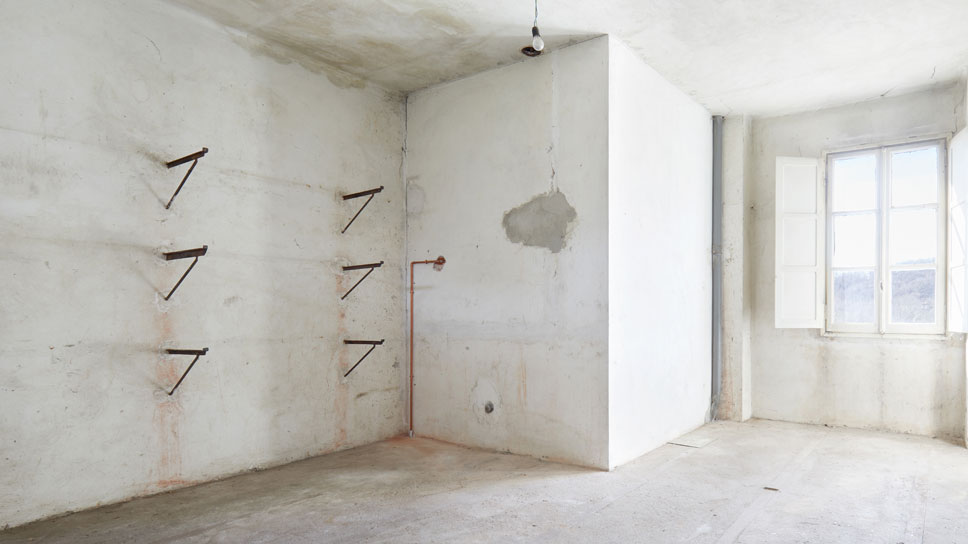Humidity in the house
A temperature of 20-30°C maintained in most closed rooms is optimal not only for humans, but also for mould and other multi-cellular fungi. Should humidity remain at a constant level above 60 percent, then you can be absolutely certain that mould will develop in the living areas, and this already poses a serious threat to human health. A certain amount of dampness in the house is quite natural and even necessary for normal, proper functioning. Too dry air is just as unhealthy as too moist air. The optimum level of humidity in the house is considered to be between 40-60%.
Humidity itself is not a serious issue. Trouble begins when there is no effective way of getting rid of it in a relatively short time. The problem with dampness most often occurs in older buildings, but it can also occur in newly built structures. If faults are made at the construction and finishing steps, the age of the house will not make a difference. Moreover, lack of proper care for the building will result in conditions for the occurrence and growth of dampness.
Foam vs. moisture
A common mistake that is made at the construction or renovation step, which later becomes the main cause of dampness in the house, is the use of improper insulation materials or their installation in an improper way. So what if the walls and the roof are perfectly insulated, when the building is sealed to such an extent that the dampness in the house will stay inside without being able to escape, thus penetrating the partitions. This is where basic building knowledge and knowledge of the thermal insulation materials available on the market comes in. In order to avoid problems with moisture accumulating within partitions, it is worth relying on PUR insulating foams. First and foremost it is not only a thermo-insulating but also a vapour-permeable material, due to which the building insulated with it will "breathe" without any difficulties.
There must be something wrong with dampness.
A problem and a glaring oversight, especially in older buildings, is the absence or insufficient horizontal insulation of foundations or floors located directly on the ground. This can cause ground water to seep upwards through the building materials. In such a case, dampness in the house becomes a matter of time. Faults also occur when insulating the attic and using the vapour-barrier foil. It is responsible for preventing the penetration of the water vapour from the building interior to the external layers. In its case it is worth taking special care to make a proper ventilation gap, which will ensure effective removal of moisture from the attic.
The roof plane interrupted by skylight windows, dormers and chimneys may turn out to be somewhat problematic and thus requiring special attention. In this case both proper insulation and proper ventilation of the roof may be of key importance in preventing the accumulation of moisture; however, what is important here is not so much its instantaneous, as its annual balance.
One should also remember that the insulation of a residential building should be performed in accordance with the assumptions of the construction or thermomodernization design. Saving on insulation materials will not do any good in the future, it will only invite dampness into our homes, and any fiddling with the insulation will lead to the formation of thermal bridges, i.e. spots through which heat escapes and is replaced by mould and fungi.
Our aim is first and foremost the correct execution of airtight thermal insulation of the building in accordance with best construction practices and the submitted design. This is the only way to ensure thermal stability and a life free of moisture.

 This website uses cookies. By using this website, you consent to the use of cookies in accordance with your browser settings.
This website uses cookies. By using this website, you consent to the use of cookies in accordance with your browser settings.